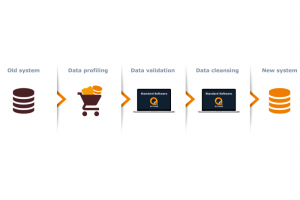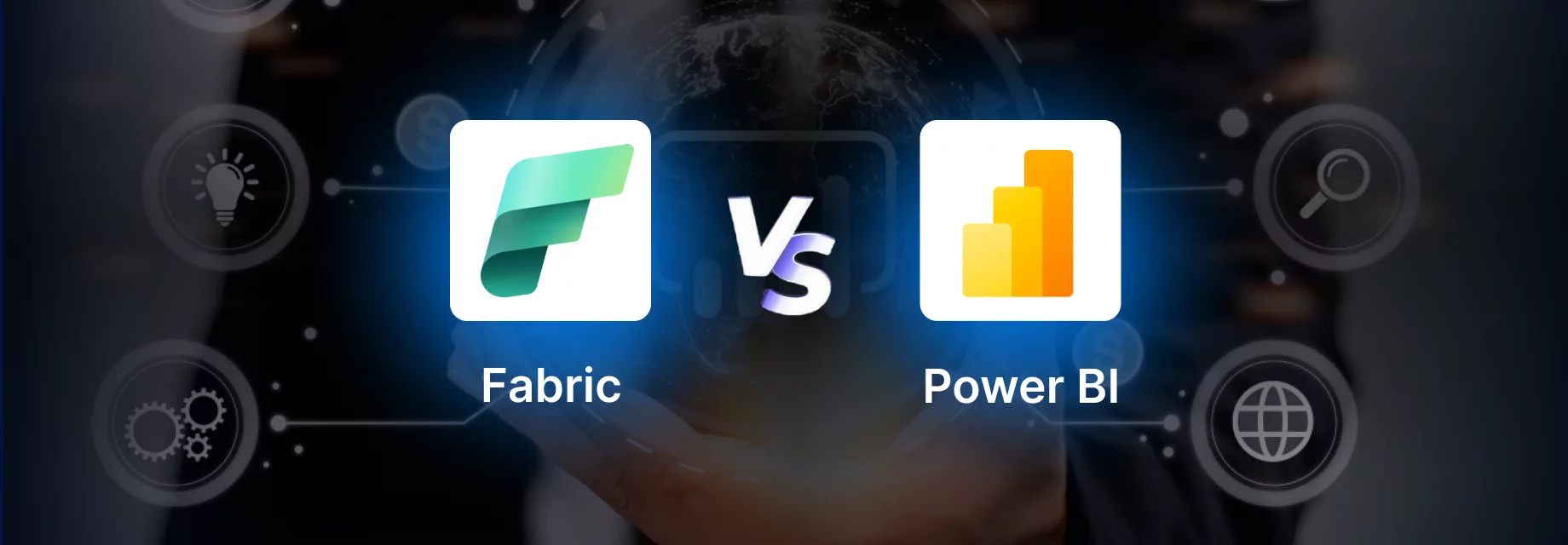Enterprise Resource Planning (ERP) systems have revolutionized how businesses manage their operations, streamline processes, and enhance productivity. However, implementing an ERP solution can be a complex and challenging endeavor. Without careful planning and execution, the benefits of ERP can be overshadowed by delays, budget overruns, ns, low user adoption, and inefficient processes. To ensure a successful ERP implementation, organizations need to focus on seven key factors that can unlock the full potential of their ERP investment. In this article, we will explore these crucial keys and provide insights on how to navigate the implementation journey smoothly.
1. Define Clear Objectives and Expectations:
The first key to a successful ERP implementation is defining clear objectives and expectations. Begin by assessing your organization’s unique requirements and pain points. Identify specific goals such as increased financial visibility, improved process efficiency, enhanced data accuracy, better inventory management, or increased customer satisfaction. Ensure that these objectives align with your overall business strategy. Clear and well-defined goals will serve as guiding principles throughout the implementation process and help you measure success accurately.
2. Thorough Planning and Stakeholder Engagement:
Implementing an ERP system requires meticulous planning and involvement from key stakeholders across the organization. Create a comprehensive project plan that outlines the timeline, milestones, resource allocation, and budget. Involve representatives from each department to gather their input, address concerns, and build consensus. Effective communication and stakeholder engagement will foster a sense of ownership and collaboration, ensuring that the implementation meets the needs of all users.
3. Choose the Right ERP Solution and Vendor:
Selecting the right ERP solution and vendor is crucial for a successful implementation. Conduct thorough research, evaluate multiple vendors, and consider factors such as industry expertise, scalability, customization options, integration capabilities, and ongoing support. Engage in demos and consultations to understand how well the ERP system aligns with your organization’s specific requirements. Additionally, seek references and customer testimonials to assess the vendor’s track record and customer satisfaction levels.
4. Data Cleansing and Migration:
Accurate and reliable data is the backbone of any ERP system. Before implementation, invest time and effort in data cleansing, ensuring that your existing data is consistent, complete, and error-free. Develop a robust data migration strategy to seamlessly transfer data from legacy systems to the new ERP solution. Validate the migrated data to identify and rectify any discrepancies. By paying attention to data quality, you will lay a solid foundation for effective ERP utilization and reporting.
5. User Training and Change Management:
One of the most critical aspects of a successful ERP implementation is user training and change management. Provide comprehensive training programs to familiarize employees with the new system, its features, and workflows. Address any resistance to change by emphasizing the benefits and showcasing success stories from early adopters. Encourage employees to embrace the system and actively involve them in the implementation process. A positive and supportive change management approach will help employees adapt to the new ERP solution more smoothly.
6. Continuous Testing and Iteration:
Thorough testing is vital to identify and rectify any issues before going live with the ERP system. Develop a robust testing plan that covers various scenarios and involves end-to-end testing of all modules. Conduct pilot runs and gather feedback from users to ensure the system performs as expected. Make necessary adjustments and refinements based on the feedback received. Continuous testing and iteration will help mitigate risks and improve the overall user experience during and after implementation.
7. Ongoing Support and Evaluation:
Even after a successful ERP implementation, the journey does not end. Establish an ongoing support system to address any post-implementation challenges and aid users. Regularly evaluate the system’s performance against the defined objectives and expectations. Seek feedback from users to identify areas for improvement and implement enhancements as required. Continuous evaluation and support will maximize the ROI
Implementing an ERP system is a significant undertaking that can reshape the way an organization operates and thrives. By focusing on the seven key factors discussed in this article, businesses can navigate the implementation journey with confidence and unlock the full potential of their ERP investment.
With careful planning, diligent execution, and a focus on stakeholder engagement and user satisfaction, businesses can unlock the full potential of their ERP solution and gain a competitive edge in today’s dynamic business landscape. So, embrace the journey, leverage the power of ERP, and embark on a path to greater efficiency, productivity, and success.
Don’t miss the opportunity to leverage the power of ERP and take your manufacturing business to new heights. Contact us today for a personalized demonstration tailored to your organization’s unique needs. We look forward to helping you unlock the full potential of your manufacturing operations with our comprehensive ERP solution.

















